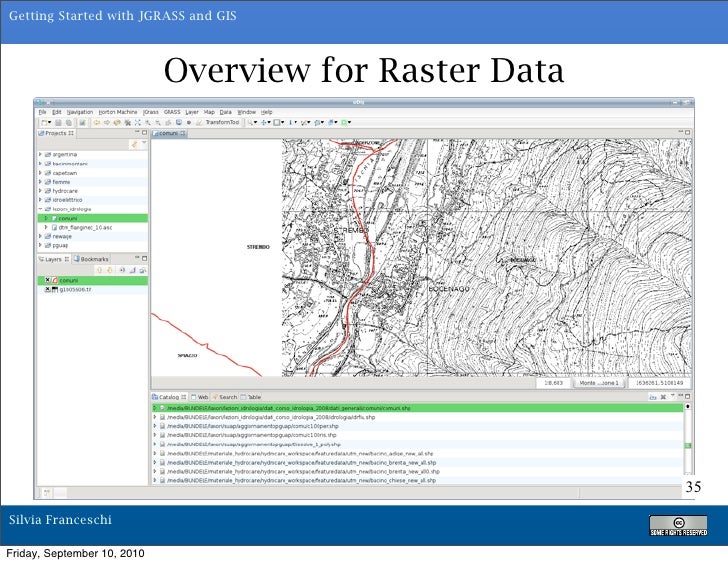

As an example let’s imagine the joining of two linear objects. Attributes are something that only the user defines and no other system can understand their content or meaning. The need for specific features stems mainly from the fact that all current GIS tools have a wide support for the manipulation with geometries, but less support for manipulation with attributes, which are an essential element when working with GIS data. Certainly, open source solutions are the more flexible programming niche to adjust the features of an application to the specific requirements of a project. ESRI’s commercial GIS solutions also enable the expansion of features in the form of add-ons written in a script programming language. Here, we do not have in mind only open source GIS products, but also commercial or for any other reason “closed” systems. The upgrading complexity is, of course, an accompanying factor. The possibility of upgrading is a very important factor when working with the GIS software. The main uDig window consists of: a menu bar, a toolbar, a project window, a map window, a window for the display of layers of a selected map and a window which primarily serves to keeping links to various sources (Catalog), but contains many tabs with different features.
#UDIG LINKEDIN CODE#
Further development of the code is supervised by the Refractions Research company itself, which maintains its interest in consulting and developing purpose applications based on uDig. The first year (from spring 2004 to spring 2005) the project financing was carried out as part of the Canadian government program to promote the development of open source GIS products. Its development was suggested and performed by the company Refractions Research, a consulting company in the field of GIS based in the Canadian town of Victoria. It was developed taking into account OpenGIS standards for the web, especially Web Mapping Service and Web Feature Service standards.


UDig is an editor of GIS data and a Java platform for the development of new GIS applications.


 0 kommentar(er)
0 kommentar(er)
